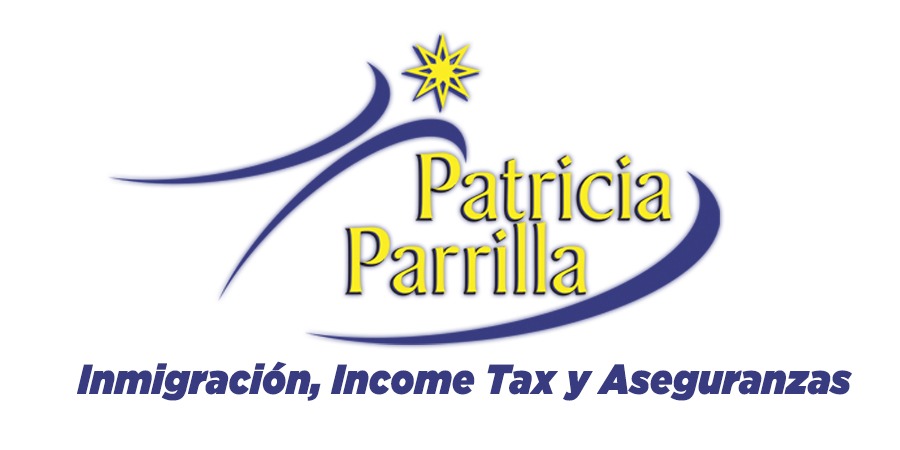
While some parts of the U.S. will be glad to see sunny skies, other areas remain in a drought situation. Parts of the far west, Texas, the south, and Alaska and Hawaii—even parts of Puerto Rico—are dealing with officially declared drought conditions, according to the Department of Agriculture.
Drought can be a serious economic hardship for farmers and ranchers. Some are forced to sell livestock in order to avoid running out of feed or grassland.
But the Internal Revenue Service reminds livestock producers that measures are in place to help blunt the economic effects of the current drought. Those forced into early sales of livestock can get extra time to replace their herds and may also have more time to defer any gains from the forced sales.
Here’s how the IRS deferral can work for eligible farmers and ranchers:
- The one-year extension gives eligible farmers and ranchers until the end of the tax year after the first drought-free year to replace the sold livestock.
- The farmer or rancher must be in an applicable region. An applicable region is a county designated as eligible for federal assistance, as well as counties contiguous to that county.
- The farmer’s county, parish, city or district included in the applicable region must be listed as suffering exceptional, extreme or severe drought conditions by the National Drought Mitigation Center. All or part of 32 states, plus Guam, the U.S. Virgin Islands and the Commonwealths of Puerto Rico and the Northern Mariana Islands, are listed. The list of applicable regions is in Notice 2019-54 on IRS.gov.
- The relief applies to farmers who were affected by drought that happened between Sept. 1, 2018, and Aug. 31, 2019.
- This relief generally applies to capital gains on sales of livestock held for draft, dairy or breeding purposes.
- Sales of other livestock, such as those raised for slaughter or held for sporting purposes, or poultry are not eligible.
- To qualify, the sales must be due only to drought, flooding or other severe weather causing the region to be designated as eligible for federal assistance.
- Farmers generally must replace the livestock within a four-year period, instead of the usual two-year time frame.
- Because the normal drought sale replacement period is four years, this extension immediately affects drought sales that occurred during 2015. However, because of previous drought-related extensions affecting some of these areas, the replacement periods for some drought sales before 2015 are also affected.
Details of the drought-related tax relief for livestock producers, including a sample of how the provisions work, can be found in IRS Notice 2006-82 on IRS.gov.

 Patricia Parrilla Tax Services
Patricia Parrilla Tax Services